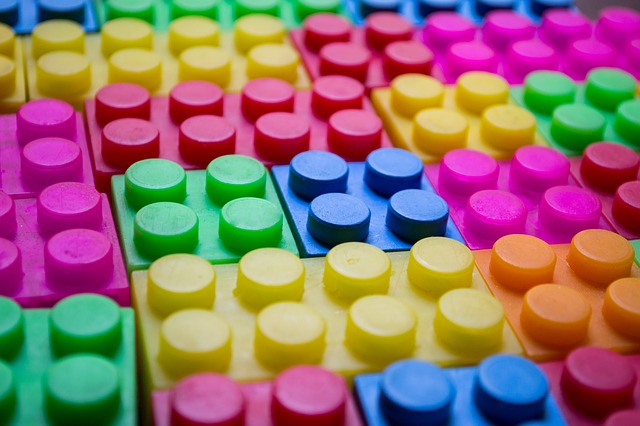What is the Cheapest Type of Plastic Molding?
Plastic injection moulding is a versatile manufacturing process that allows you to manufacture simple or complex designs in large quantities with short lead times. Injection-moulded items and additives are found in almost every industry due to their flexibility in layout, the velocity at which large portions may be produced, and the variety of substances from which to choose.
This manufacturing method can make medical equipment for hospitals, defence, security, and industrial applications. Another significant advantage of plastic injection moulding is the price. This is often the most cost-effective method for manufacturing parts, especially in mass production. However, there are still many costs to consider when using injection moulding for your project. Some renowned plastic injection moulding companies use the latest technologies in plastic moulding, thereby aiding in your product manufacturing & packaging process.
Injection moulding is considered one of the cheapest plastic mouldings compared to other types. However, the primary difference in cost is due to many different factors. Injection moulding can also be expensive if not supervised and kept under budget. As the product is produced, injection moulding costs seem to increase rapidly. It’s only natural to feel a bit of a “sticker shock” when these products come out, especially if you’re cautious during the prototyping stage and rely on rapid prototyping and 3D printing to control costs.
From tooling manufacturing to machine setup and production time, the remaining stages of bringing your product to market will likely represent a substantial portion of your overall investment. There are two main areas where you can reduce costs.
The cost of capital (such as making moulds) and the price of the unit (detailed below)
Design Efficiency:
In this case, we will talk about production efficiency. It makes parts production, packaging, and finishing easy while minimizing errors. This means following plastic part design best practices, such as adding the appropriate draft (or angle taper) to your parts for easier ejection, rounding out corners, keeping walls thick enough, and how the moulding process generally works. It is designing your product to take advantage of it. With the efficient design, your overall cycle time will be shorter, reducing the machine time you pay for and the number of parts you discard due to a production or ejection error, wasting your time and materials.
Runner System:
If your injection mould uses a hot runner system, the up-front tooling cost will increase, but the price per piece will be lower. This is because there is less material waste since no runner system needs scraping like a cold runner system. A cold runner system is a less intricate device but will cost more.
Usage of Core Cavities:
Designing hen hollow boxes or cylinder-shaped pieces, mould design, and configuration can significantly affect the efficiency and cost of mould production and your part production process. The “core cavity” design provides an intelligent solution for those hollow shapes. The “core cavity” means that, instead of forming a half mould with deep, narrow walls to form the hollow part, the tool is machined around the shape of the cavity. It is a much less complex design with less margin for error, and material flow will be significantly more accessible during the production process.
Addition of Processes:
Unless required, textured or otherwise customized part finishes should not be designed in a mould; other finishing processes should also be avoided unless they are integral to the function and purpose of your product.
Suitable Material:
Unless you prepare a part for use in harsh environments such as extreme heat or cold or special-grade uses such as medicine or food, the choice of material is often interchangeable. Choosing a low-cost material that still fits your needs is an easy and effective way to reduce your overall cost. A simple analysis of your product’s use cases, quality requirements, and target market can help you choose suitable materials for your price point.
Structural Requirements Analyzation:
Before going into production, it can pay dividends to produce a plastics prototype, which will closely analyze the composition of your part to determine which areas are most important to its function and quality. Looking deeper into it, you can find places where a gusset or rib provides the strength you need instead of an excellent area. These types of design modifications, taken as a whole, can improve the structural integrity of your part, making it easier to produce.
Maximization of tool usage:
Here, we’re talking about reducing your per-part cost, which can help you amortize your mould costs more effectively while reducing your overall investment by creating efficiency in the production process. For example, when you can make a mould with six shots instead of just two shots, you increase your production speed faster, create less wear and tear on your mould, and market more quickly.

















